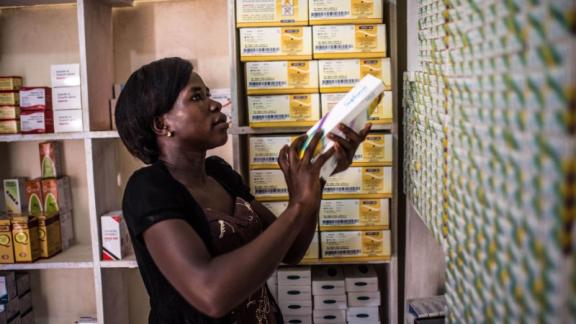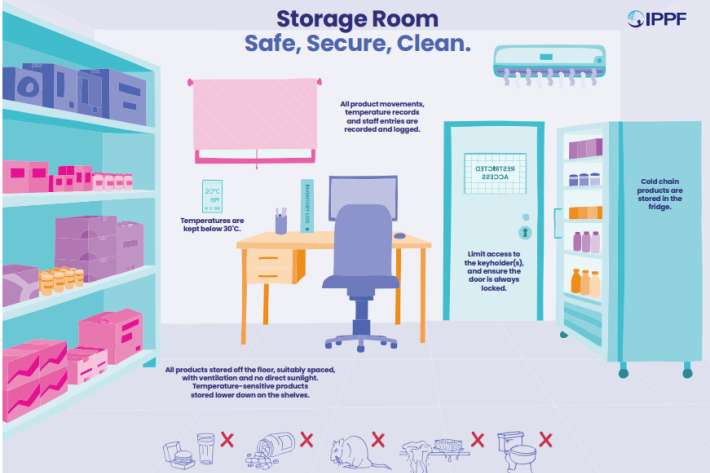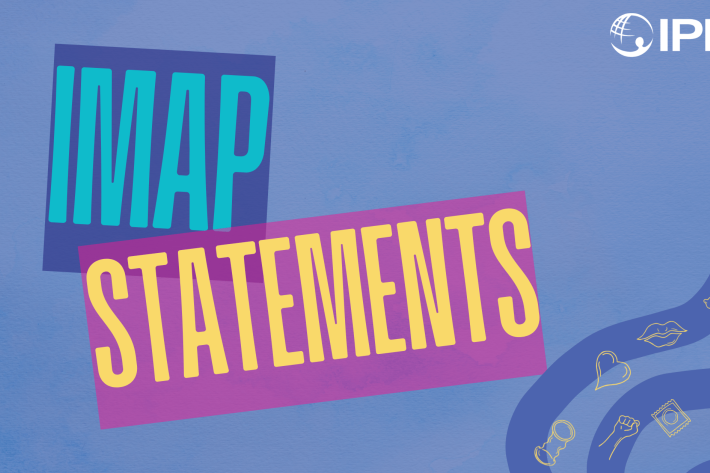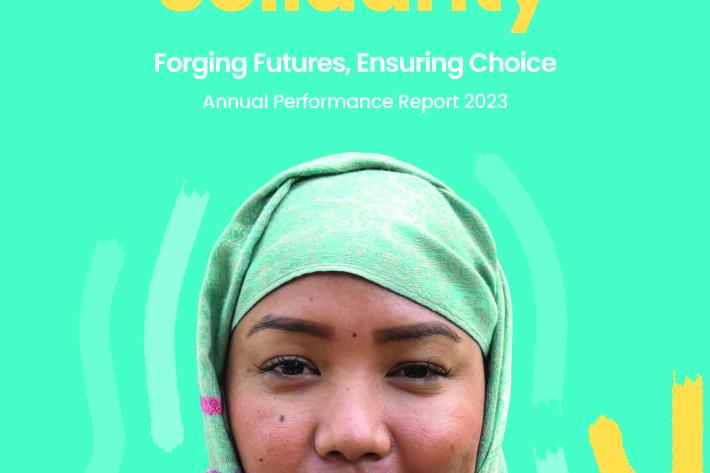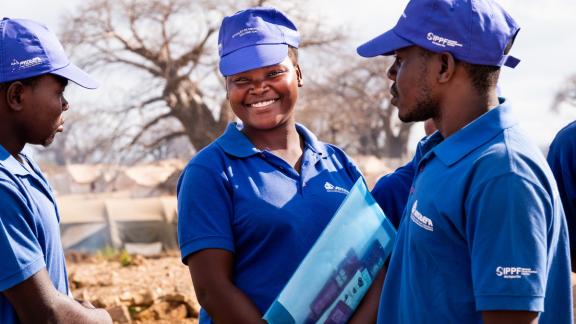Spotlight
A selection of resources from across the Federation
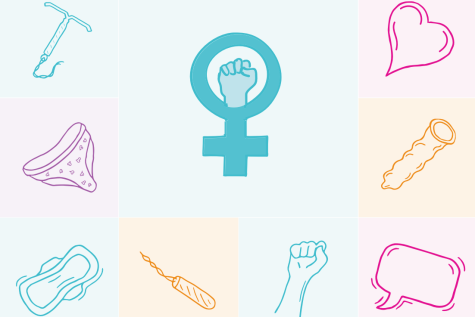
Technical Brief: Designing and Delivering Inclusive, Rights-Based Sexual and Reproductive Healthcare to Transgender and Gender Diverse People
This technical brief outlines key recommendations across several sexual and reproductive health service areas to promote access to inclusive care for transgender and gender diverse people.
Filter our resources by:
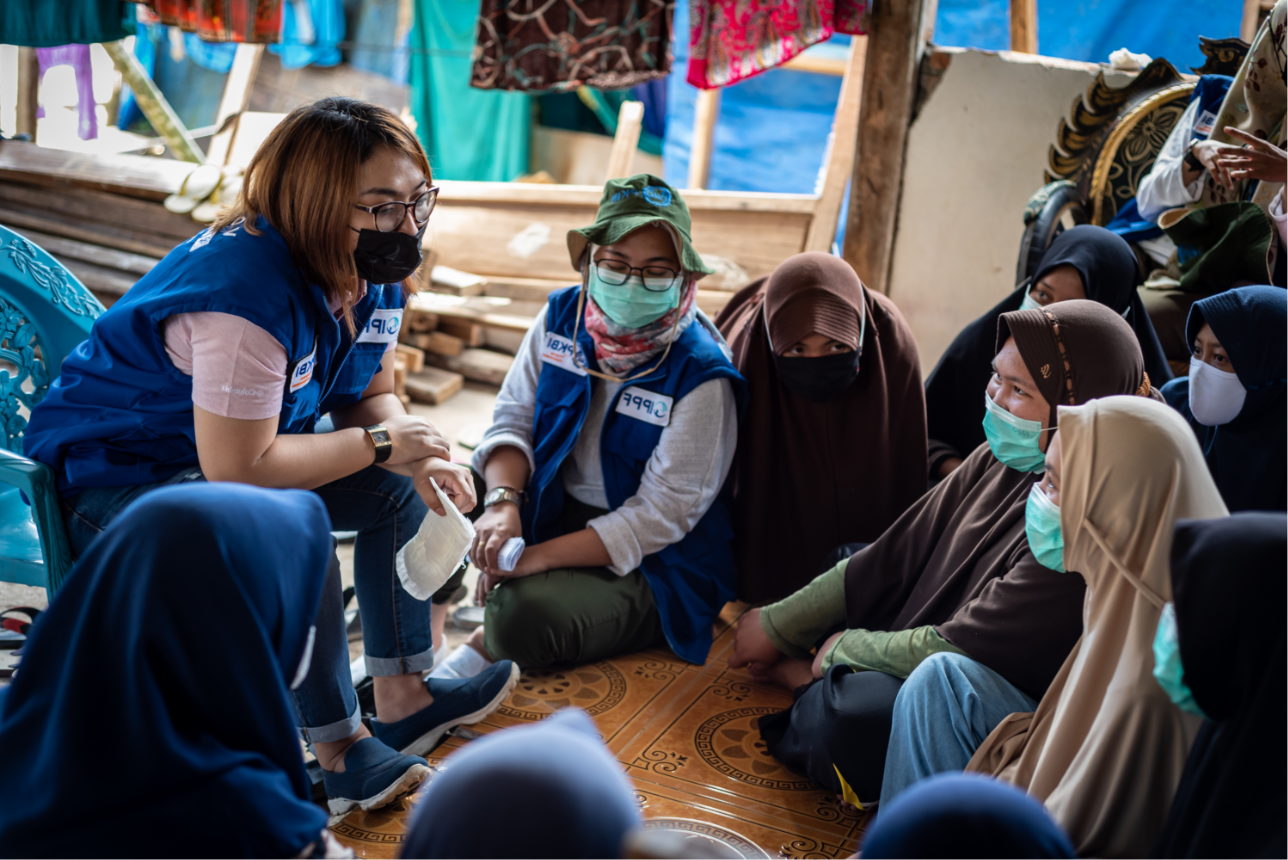
| 15 October 2012
At a Glance 2011
Key facts and figures highlighting IPPF's achievements in 2011. IPPF provided 89.6m sexual and reproductive health services and averted 710,000 unsafe abortions.
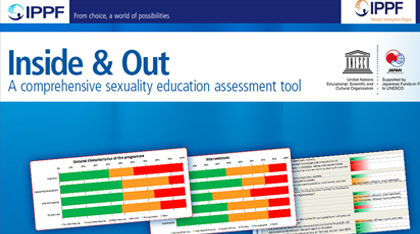
| 12 October 2012
Exploring new territories: dialogues on comprehensive sexuality education
Exploring new territories report captures new and critical thinking about comprehensive sexuality education (CSE) sets out different pedagogical (teaching and learning) approaches identifies new priorities for CSE recognises the challenges CSE presents asks what else we need to research and discover "Comprehensive sexuality education should respond to and celebrate the diversity that exists among young people across the world. It should equip young people with knowledge, skills, attitudes and values to determine and enjoy their sexuality. Comprehensive sexuality education should take a positive and respectful approach to sexuality and sexual relationships, and be part of broader emotional and social development providing opportunities to acquire life skills and nurture personal values." This document captures a discussion designed to generate critical thinking about CSE: moving beyond developing curricula and activities to thinking about delivery and different pedagogical (teaching and learning approaches); moving beyond providing knowledge to developing skills; moving beyond public health outcomes and towards human rights and gender equality; and how to measure success. A snapshot of the challenges identified: balancing broader rights and gender equality outcomes with specific public health outcomes ensuring appropriateness in different contexts applying evidence-based approaches to both content and method pre-empting and managing resistance to new approaches What else we need to know – new areas for research developing and testing new indicators for the effectiveness and impact of CSE examining how best to foster high quality rights-based teaching and learning skills how to develop effective and continuous communication with parents and community leaders the best strategies to link CSE with health and social service provision for young people Includes: a table of ‘challenges’ ‘opportunities’ and ‘recommendations’ key questions and issues explored during the workshop a checklist of values that underpin CSE a resource list
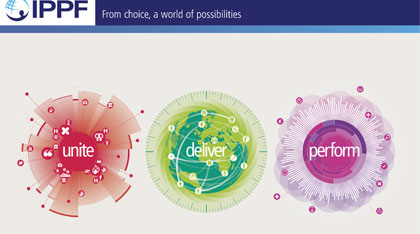
| 06 July 2012
Annual Performance Report 2011-12
2012 is IPPF’s 60th year. The Annual Performance Report confirms, once again, IPPF’s vital role in human development. It opens with an overview of the external challenges that threaten sexual and reproductive health and rights (SRHR). Despite these challenges, IPPF continues to deliver impressive results. In 2011, Member Associations contributed to 116 policy and/or legislative changes in support or defence of sexual and reproductive health and rights (SRHR). The Federation as a whole provided 89.6 million SRH services with the majority going to the poor and vulnerable, including young people. Robust systems and processes have ensured that money has been invested cost-effectively where it is most needed.
| 12 June 2012
At a Glance 2010
Key facts and figures highlighting IPPF's achievements in 2009. Sexual and reproductive ill health causes over 30% of the global burden of disease among women of childbearing age and without IPPF, this burden would be even greater.
| 29 May 2012
IPPF Strategic Framework: 2005 - 2015
The product of a Federation-wide consensus, this framework brings together the ideas and experience of IPPF Member Associations, senior volunteers, Regional Offices and Central Office, and has been approved by the Governing Council. By combining an understanding of our past with a vision for our future, this new plan presents a 'framework of opportunity' that Member Associations can interpret to develop the most appropriate response to specific sexual and reproductive health challenges. The ‘Strategic Framework’ is not intended to impose a rigid set of rules or constraints. Rather, it embraces the diversity of situations Member Associations and regions face. While providing this flexibility, the framework unites the Federation in a common vision on which we are compelled to act if we are to meet the needs of women, men and young people throughout the world.
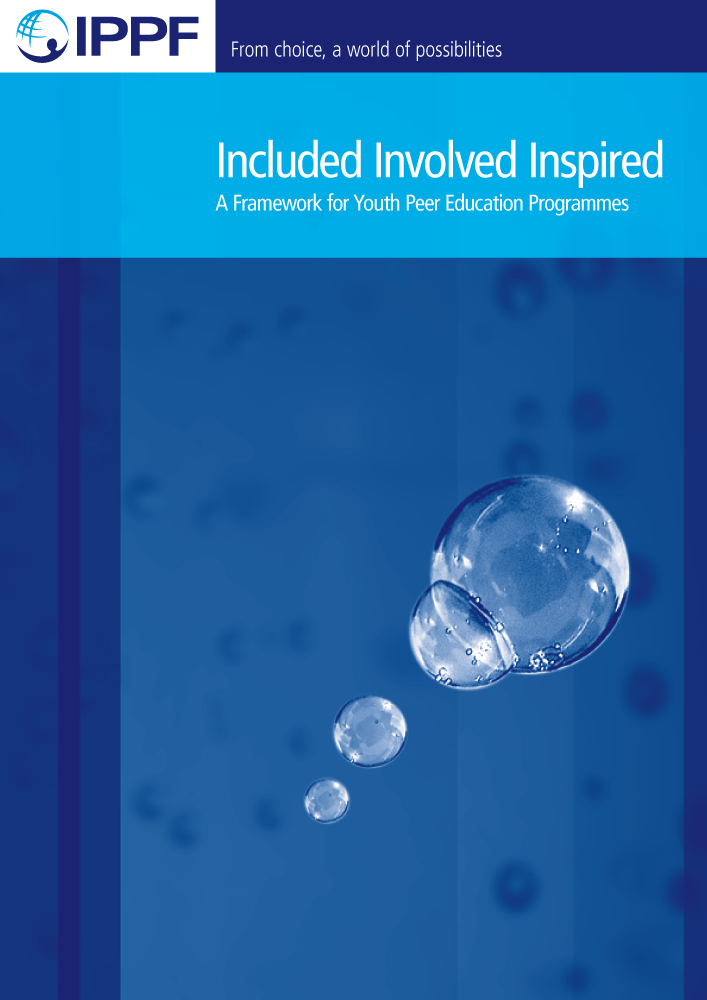
| 10 May 2012
Included Involved Inspired: A Framework for Youth Peer Education Programmes
The Included, involved, inspired framework promotes the benefits of youth participation through peer education guides us through planning, preparation, implementation and evaluation describes best practice provides tools to support the process of managing peer education places young people at the centre of all the processes "Peer education should support young people – both the peer educators themselves and those receiving information and services – to exercise their rights to sexual health, diversity and choice. We see peer educators as more than simply agents for behavioural change in themselves and their peers – our programmes show a commitment to also empowering them as individuals. In other words, a rights-based approach to peer education helps young people to develop the SRH knowledge, skills and attitudes needed to make their own choices regarding their sexuality and health." Peer education makes young people real stakeholders, addresses discrimination, and improves access to services. Participation means altering the power balance between young people and adults; enabling young people to identify their own problems; and ensuring that young people in all their diversity are involved in programme activities. This framework for programme designers, managers and co-ordinators, supervisors, trainers and young people can be used alongside existing guidelines and training materials to ensure peer education programmes are effective and empowering. It covers 10 stages of a peer education programme with detailed information on: Planning a peer education programme Selecting programme managers and coordinators Recruiting peer educators Training peer educators Implementing programmes: involving young people at every stage and in different roles Developing content Providing materials and condoms Supporting and keeping peer educators motivated Linking to services Monitoring, evaluation and document of programmes Includes: case studies from Nepal, the Dominican Republic, Colombia, Brazil, Sri Lanka, Peru, Guatemala, Kenya, India a check list of suggested qualities to look for, and to discuss with, a potential peer educator a check list of what makes a good training programme a case study on involving young people in monitoring and evaluation a definition of key terms a graphic of Olsson’s adapted ‘stairs of tolerance’ checklist of rules and responsibilities of a peer educator and peer counsellor 13 forms and tools for peer education programmes information on IPPF youth policies a list of peer education resources and websites
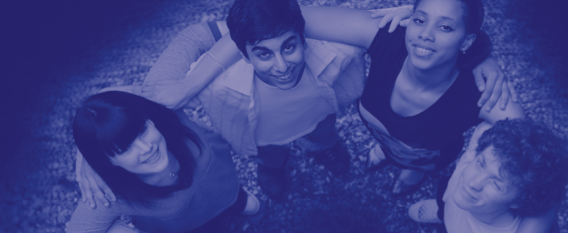
| 10 May 2012
From Evidence to Action: Advocating for comprehensive sexuality education
From evidence to action: advocating for comprehensive sexuality education defines CSE, answers common questions and sorts fact from fiction connects good quality CSE to global health goals promotes approaches which recognise young people’s lived experience links to reports on what works and what obstructs CSE and SRHR goals provides a checklist of activities for CSE advocates "Good sexuality education is essential to help young people to prepare for healthy and fulfilling lives. High quality information and comprehensive sexuality education can equip them with the knowledge, skills and attitudes they need to make informed choices now and in the future; to enhance their independence and self-esteem; and to help them to experience their sexuality and relationships in a positive and pleasurable way." There is evidence that CSE is effective and that abstinence-only approaches are ineffective. Evidence can provide the basis for promoting new thinking, and changing national approaches to teaching by demonstrating that a rights-based approach is a highly successful teaching methodology. It answers these questions: What is CSE? Why do it? What should it include? How can we deliver it? How can we advocate for it? This resource can help develop a greater understanding of IPPF’s vision for rights-based CSE; provide the evidence base for CSE, identifying successful characteristics, approaches and outcomes; support advocacy work with practical advice on creating the climate for CSE programmes; respond to challenges and difficult questions on comprehensive sexuality education from members of the community, addressing opposition and resistance; and create a better understanding of the links between comprehensive sexuality education and HIV prevention, human rights, health outcomes and global health goals. Young people need a realistic approach to their sexual and reproductive health: looking at psychological, socio-cultural and ethical dimensions and beyond the simply biological. CSE programmes should be rights-based; address gender and pleasure; provide choice; develop critical thinking skills; and reach vulnerable and marginalised groups. Includes: a checklist of activities to advocate for CSE ways in which comprehensive sexuality education helps further global health goals including gender equality, maternal health and combating HIV/AIDS international human rights conventions and documents that support the case for CSE links to HIV prevention a reading list of research and briefings on CSE answers to a range of common questions and myths about young people, sexual health and sexuality education answers to questions about the how, when, where and what of sexuality education A checklist of activities to advocate for comprehensive sexuality education p.16

| 03 May 2012
IPPF Sexual Rights Declaration Pocket Guide

| 02 May 2012
Sexual Rights: An IPPF declaration (abridged)
The IPPF declaration is grounded in and informed by international agreements such as United Nations Conventions. This abridged version to be used in conjunction with IPPF's original Sexual Rights Declaration.
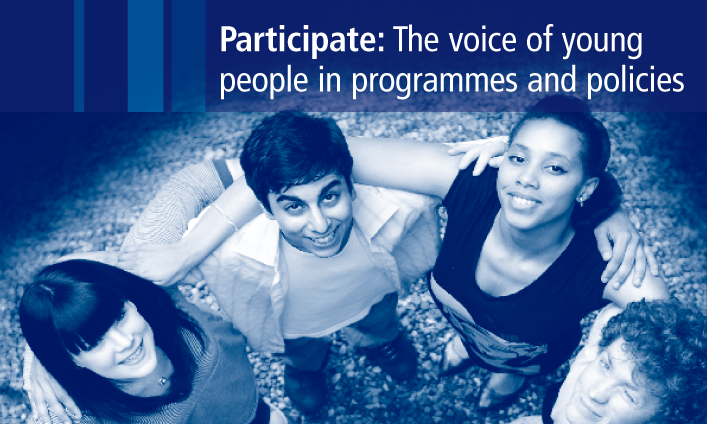
| 19 April 2012
Participate: The voice of young people in programmes and policies
This is part of the Inspire pack of resources on young people's sexual and reproductive health services and programmes, for health providers and practitioners.







